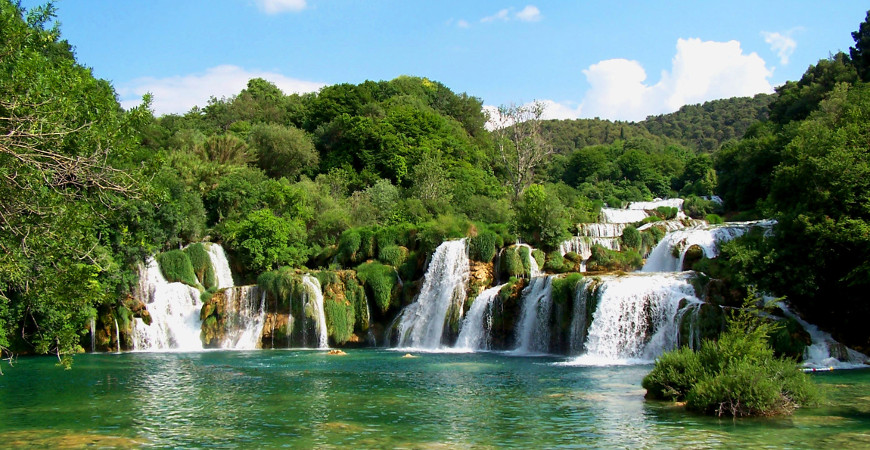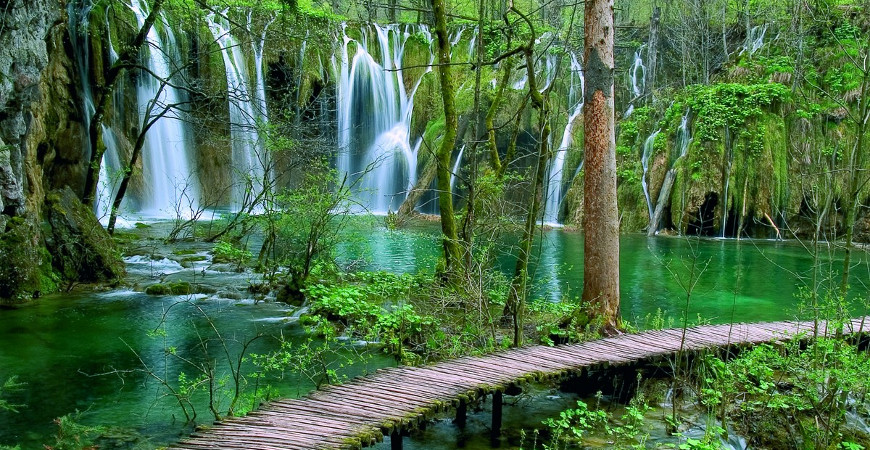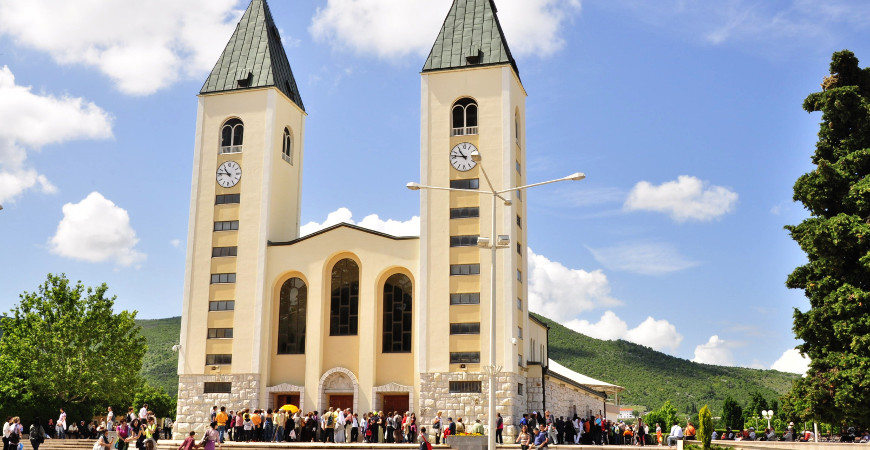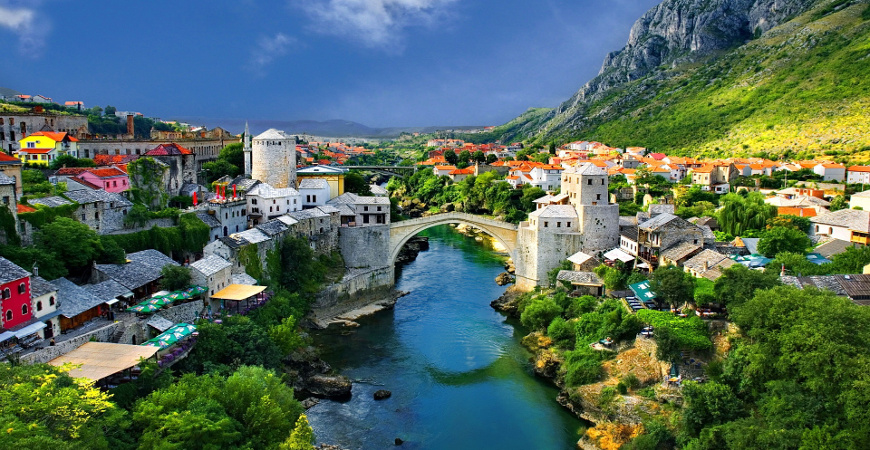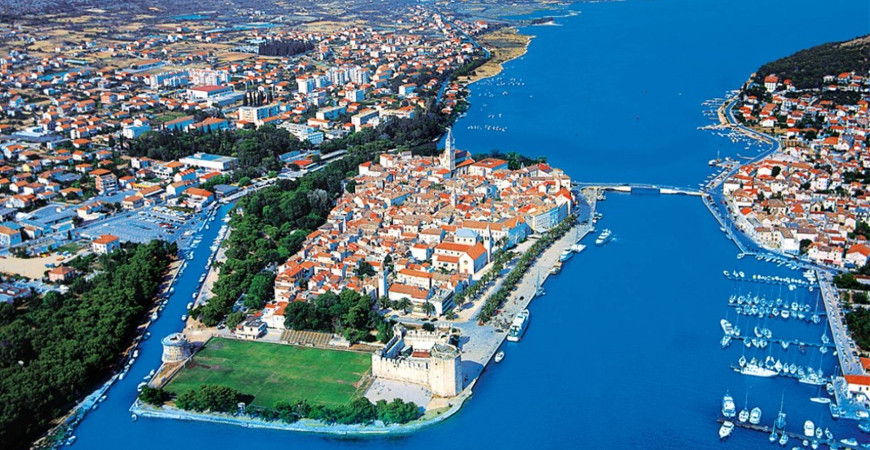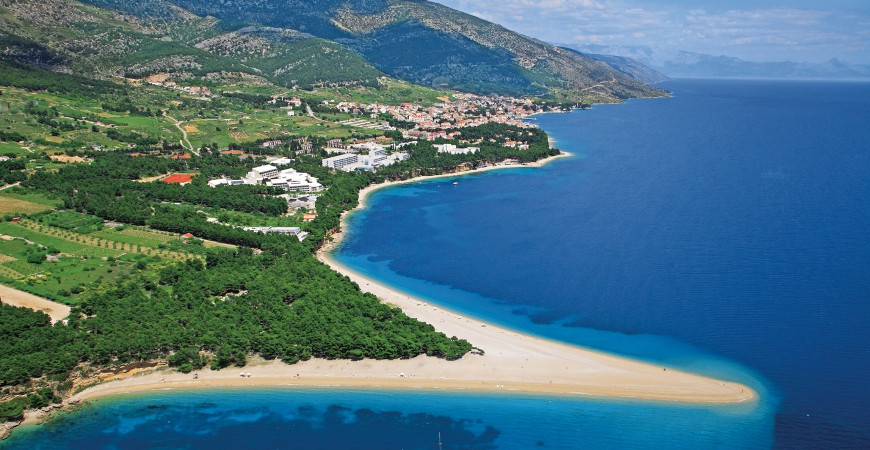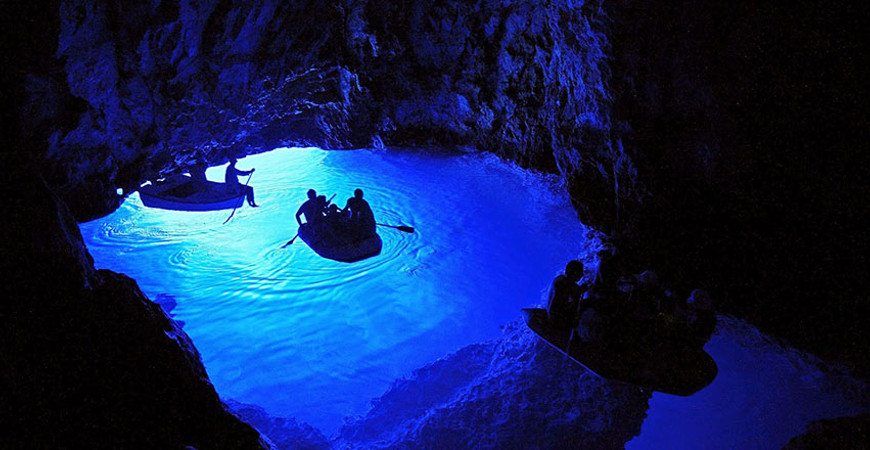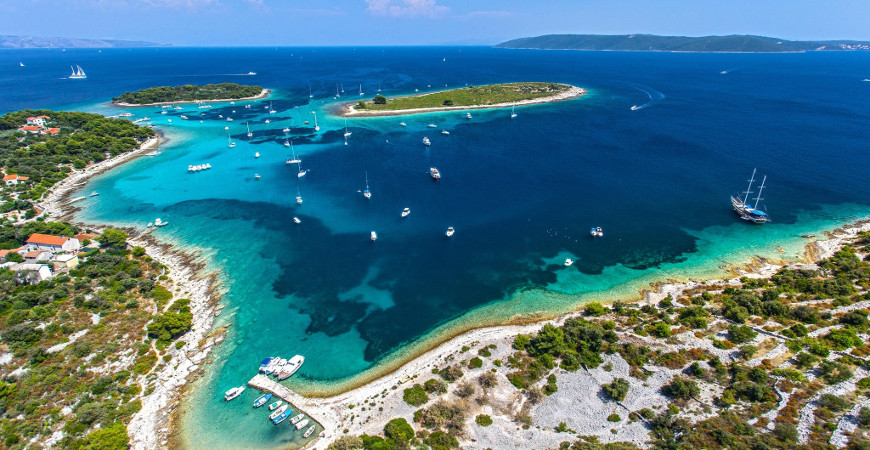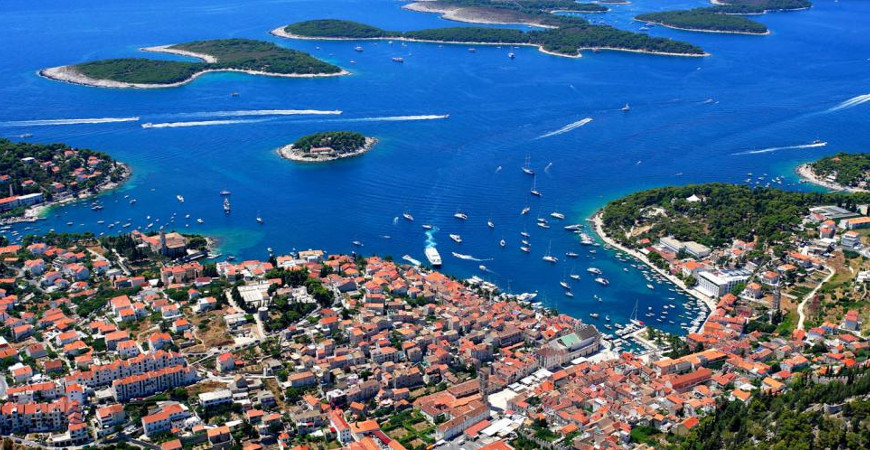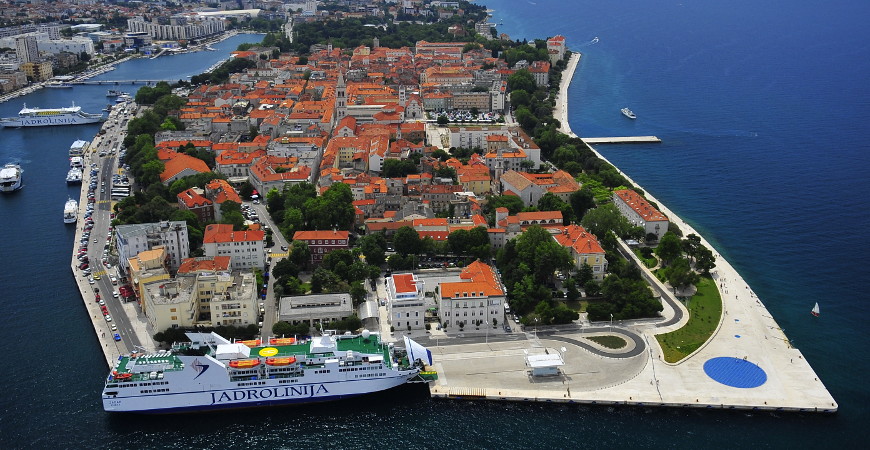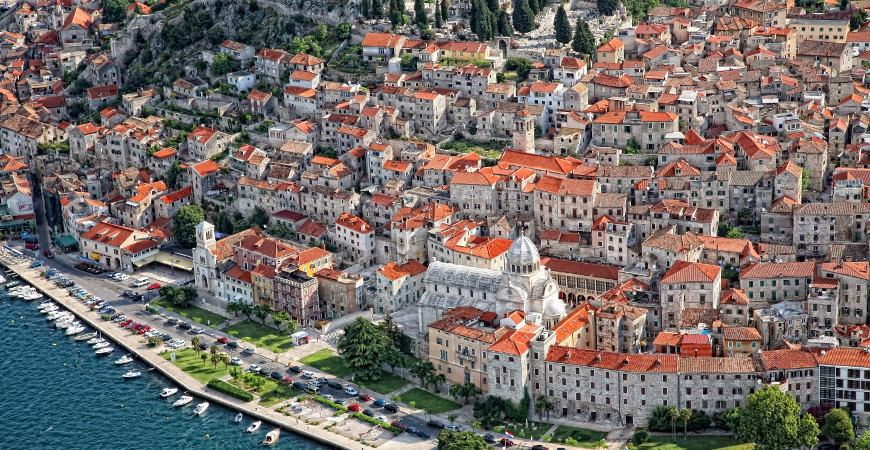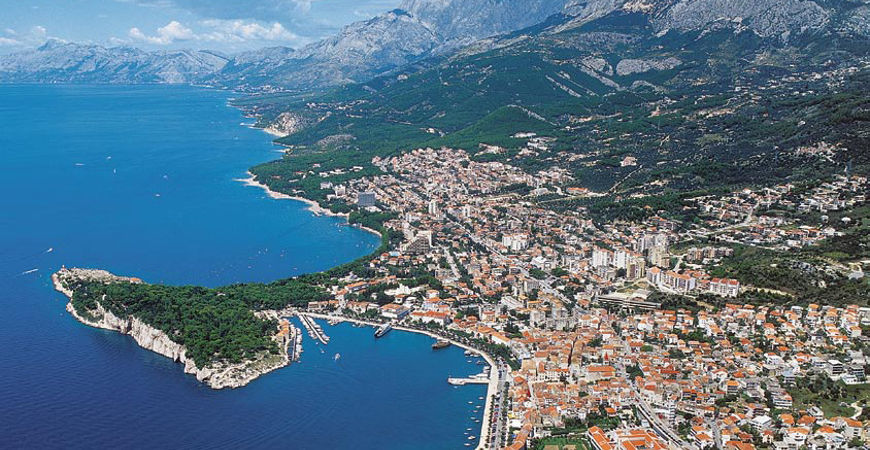Krka National Park
Krka National Park lies about 10km inland from Sibenik in this part of Dalmatia. Named after the Krka River, the Park covers an area of just over 142 square km and includes two thirds of the river itself. The top attraction of the Park are its magnificent waterfalls, including the famous Skradinski Buk falls which are one of Croatia’s most famous sights. Only 90 minutes from Split.
3 hour sightseeing:
max 3 persons – 180€
max 8 person - 220€
*the price of the trip does not include the ticket.
